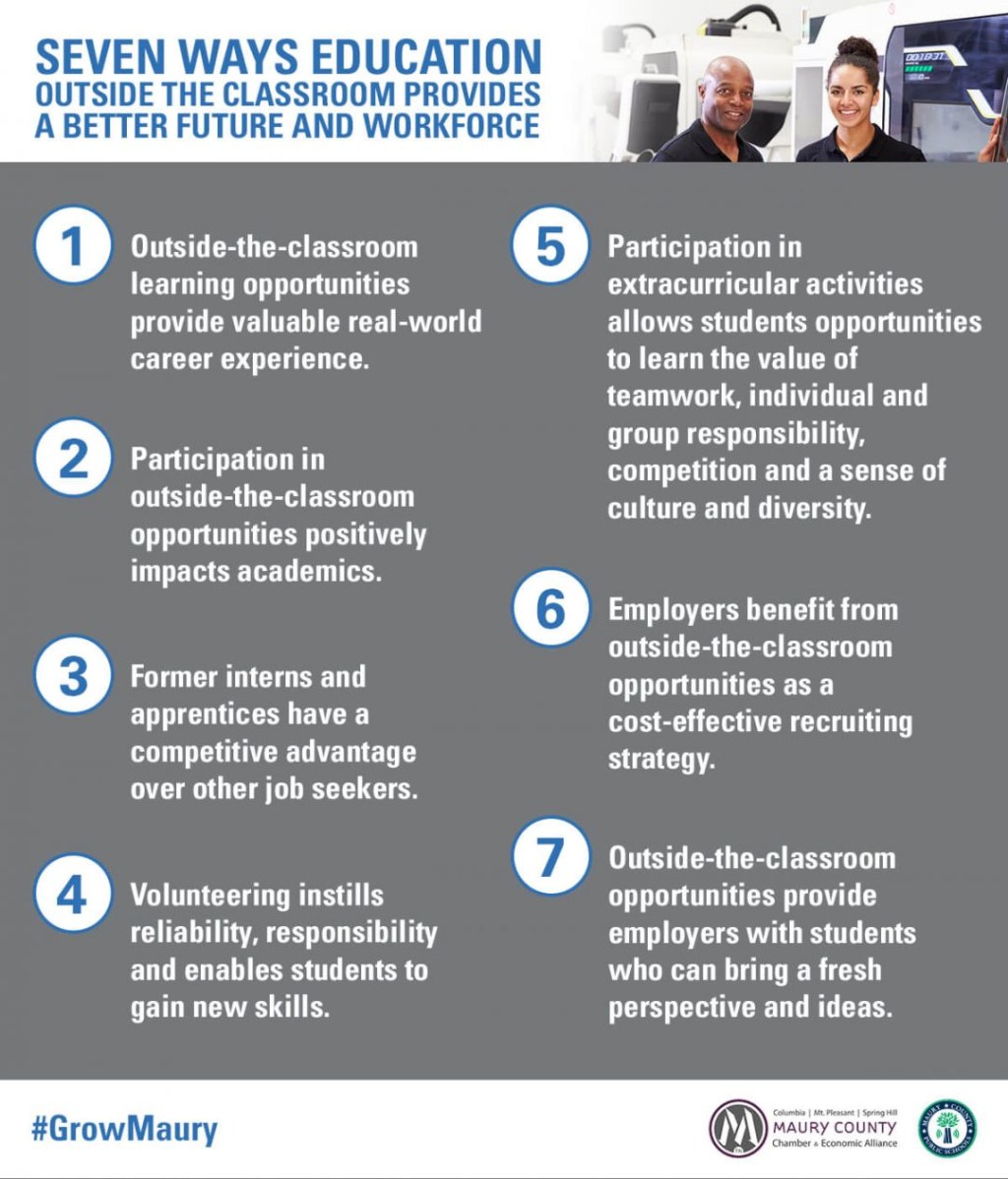Unlocking Limitless Learning Opportunities: Examples In School For Boundless Growth
Learning Opportunities Examples in School
Welcome, readers! Today, we will be exploring the various learning opportunities that schools provide to students. Education is not limited to textbooks and classrooms; it extends beyond the traditional boundaries to create a holistic learning experience for students. By incorporating innovative methods and diverse activities, schools offer a wide range of opportunities for students to grow and develop their skills. Let’s delve into the different examples of learning opportunities in school and how they benefit students.
What are Learning Opportunities in School?
In school, learning opportunities refer to the various avenues and experiences that enable students to acquire knowledge, develop skills, and foster personal growth. These opportunities extend beyond the regular curriculum and encourage students to explore their interests, engage in hands-on activities, and interact with their peers and teachers in meaningful ways.
2 Picture Gallery: Unlocking Limitless Learning Opportunities: Examples In School For Boundless Growth


Who Provides Learning Opportunities in School?
Learning opportunities are provided by schools, teachers, and educational institutions. They play a vital role in creating an environment that nurtures curiosity, encourages exploration, and supports the overall development of students. Teachers design and implement various learning opportunities within their classrooms, while schools organize extracurricular activities, workshops, and events to enhance the learning experience.
When and Where Can Students Access Learning Opportunities?
Learning opportunities are available to students throughout their academic journey. They can access these opportunities during school hours, through after-school programs, and even during vacations. Learning opportunities can be found within the school premises, such as classrooms, labs, libraries, and outdoor spaces. Additionally, schools may collaborate with external organizations and experts to provide unique learning experiences at off-site locations.
Why are Learning Opportunities Important in School?
Learning opportunities are crucial in school as they offer students a chance to explore their interests, develop new skills, and discover their potential. These opportunities promote active learning, critical thinking, problem-solving, and creativity. By engaging in diverse activities, students can expand their knowledge beyond textbooks and develop real-world skills that are essential for their personal and professional growth.
How are Learning Opportunities Implemented in School?

Image Source: researchgate.net
Schools implement learning opportunities through a variety of methods. They may incorporate project-based learning, where students work on practical tasks that require research, collaboration, and creativity. Field trips to museums, science centers, and historical sites expose students to different subjects in a hands-on and immersive way. Guest speakers, workshops, and competitions provide opportunities for students to learn from experts and showcase their talents.
Advantages and Disadvantages of Learning Opportunities in School
Advantages:
Enhanced Learning: Learning opportunities enable students to apply theoretical knowledge in practical settings, leading to a deeper understanding of concepts.
Holistic Development: By participating in diverse activities, students develop a range of skills, including communication, problem-solving, and teamwork.
Personal Growth: Learning opportunities allow students to explore their interests, discover their passions, and build confidence in their abilities.
Better Retention: Hands-on experiences and interactive learning methods improve information retention and long-term memory.
Real-World Preparation: By engaging in real-world scenarios, students gain practical skills and knowledge that prepare them for future challenges.
Disadvantages:

Image Source: mauryalliance.com
Limited Resources: Some schools may face constraints in providing a wide range of learning opportunities due to lack of resources or funding.
Time Constraints: Balancing regular academics with additional learning opportunities can be challenging for students, leading to increased workload and stress.
Unequal Access: Students from disadvantaged backgrounds may have limited access to certain learning opportunities, creating an educational gap.
Scheduling Conflicts: Students involved in multiple activities may face scheduling conflicts, impacting their ability to fully engage in each opportunity.
Evaluation Challenges: Assessing the learning outcomes of non-traditional activities can be complex, requiring innovative evaluation methods.
Frequently Asked Questions about Learning Opportunities in School
1. Are learning opportunities only available to high-achieving students?
No, learning opportunities are available to all students regardless of their academic performance. They are designed to cater to the diverse needs and interests of students at various skill levels.
2. Can learning opportunities help students in their career choices?
Yes, learning opportunities expose students to different fields and industries, helping them explore their career interests. These experiences can provide valuable insights and guide students in making informed career choices.
3. How can schools ensure equal access to learning opportunities for all students?
Schools can promote equal access to learning opportunities by offering financial aid or scholarships, collaborating with community organizations, and providing resources and support to students from disadvantaged backgrounds.
4. Do learning opportunities replace traditional classroom learning?
No, learning opportunities complement traditional classroom learning by providing practical experiences and real-world applications. They enhance the overall learning experience and help students apply theoretical knowledge in practical situations.
5. Can parents contribute to creating learning opportunities in schools?
Yes, parents can contribute by volunteering, sharing their expertise, or organizing extracurricular activities. Their involvement enhances the variety and quality of learning opportunities available to students.
Conclusion
In conclusion, learning opportunities in school play a crucial role in shaping students’ overall development. By going beyond textbooks and classrooms, these opportunities provide students with hands-on experiences, exposure to real-world scenarios, and the chance to develop a wide range of skills. However, it is essential to address the challenges and ensure equal access to these opportunities for all students. Schools, teachers, parents, and policymakers must work together to create a well-rounded educational environment that fosters curiosity, creativity, and lifelong learning.
Final Remarks
Learning opportunities in school are invaluable for students’ growth and development. They pave the way for lifelong learning and equip students with essential skills for success. However, it is essential to strike a balance between traditional academics and extracurricular activities to ensure students’ well-being and prevent overwhelming workloads. Schools must continue to innovate and provide diverse learning opportunities that cater to the needs and interests of every student, fostering an inclusive and enriching educational experience.
This post topic: Offline Classes

